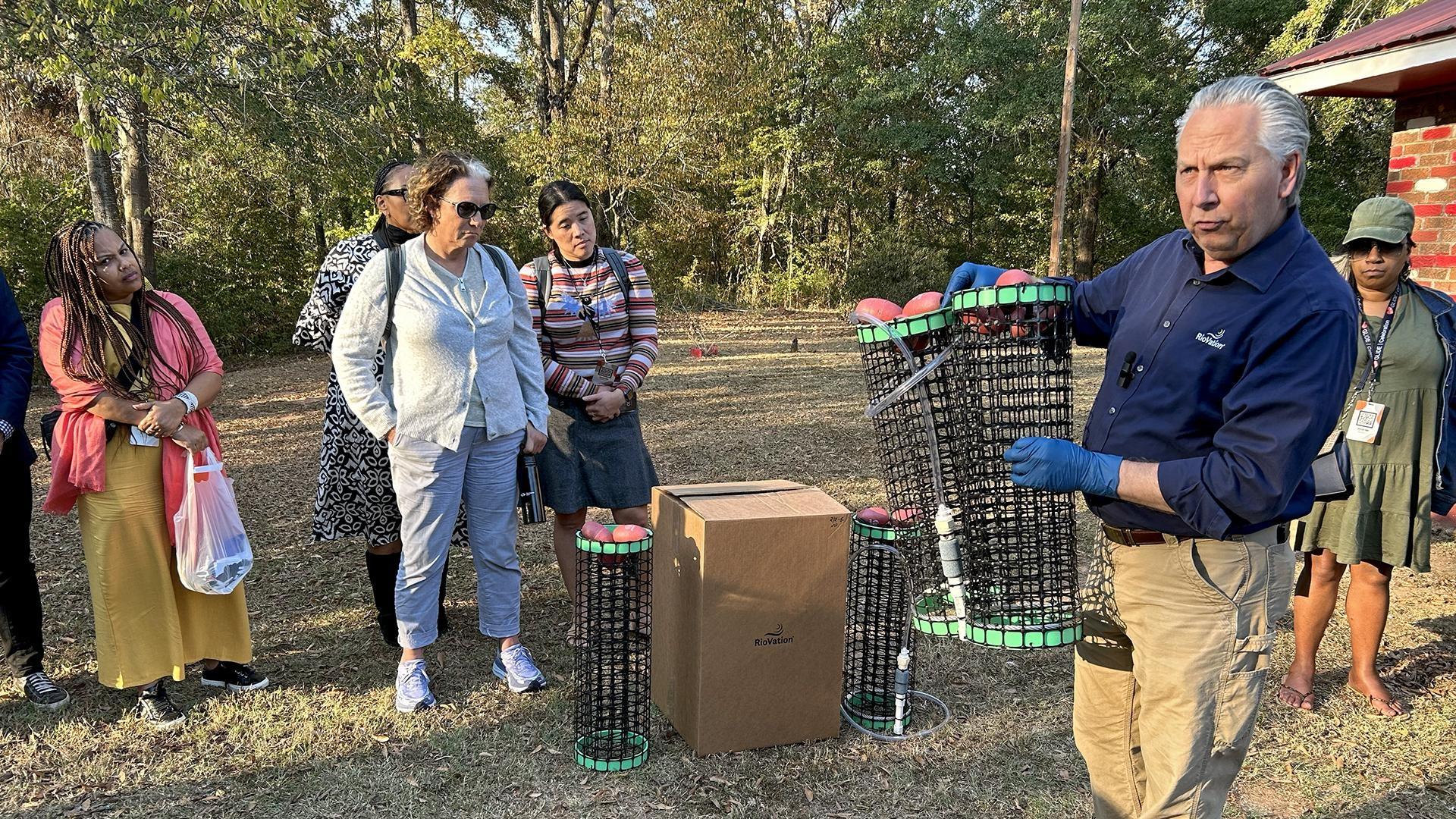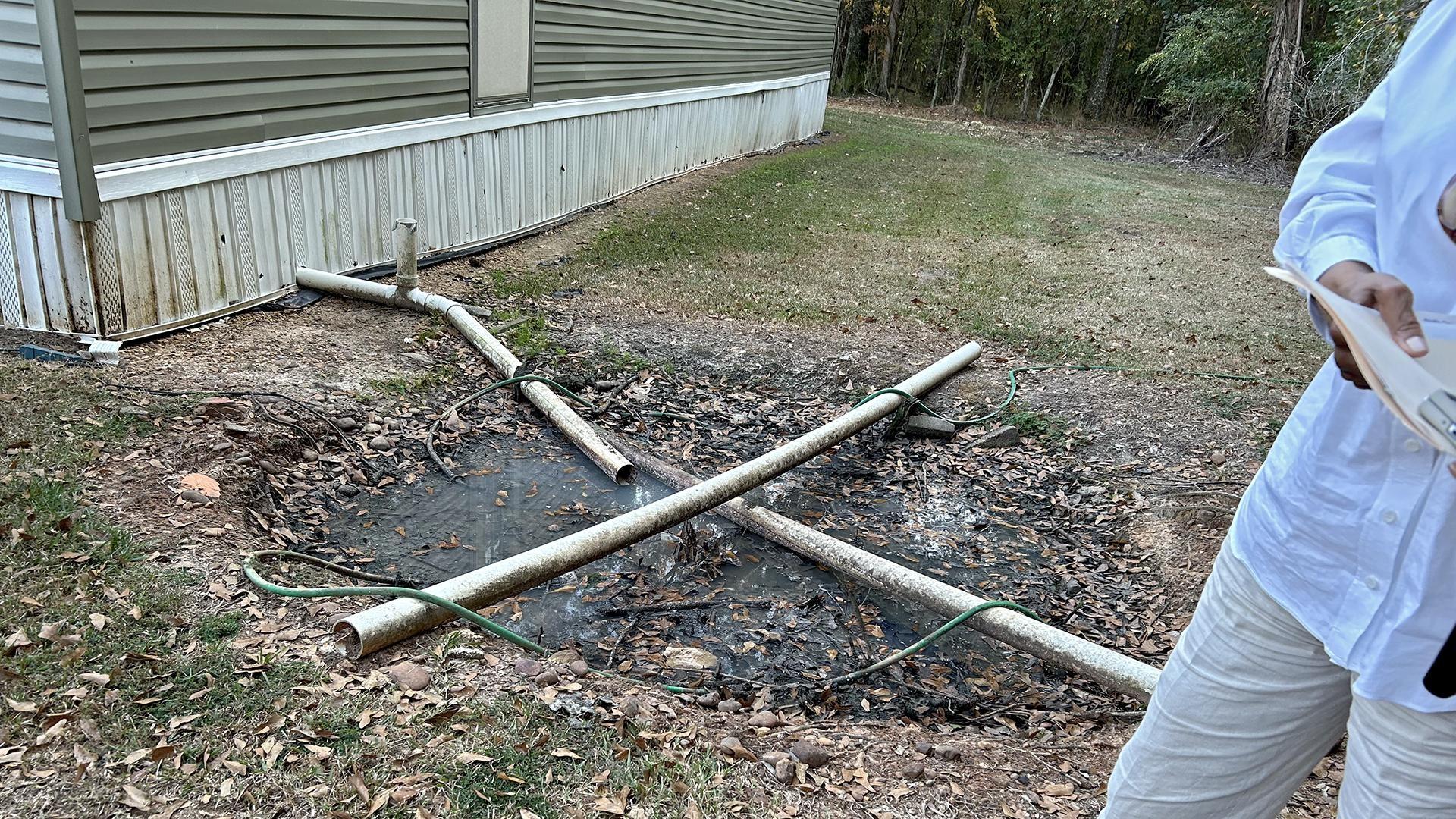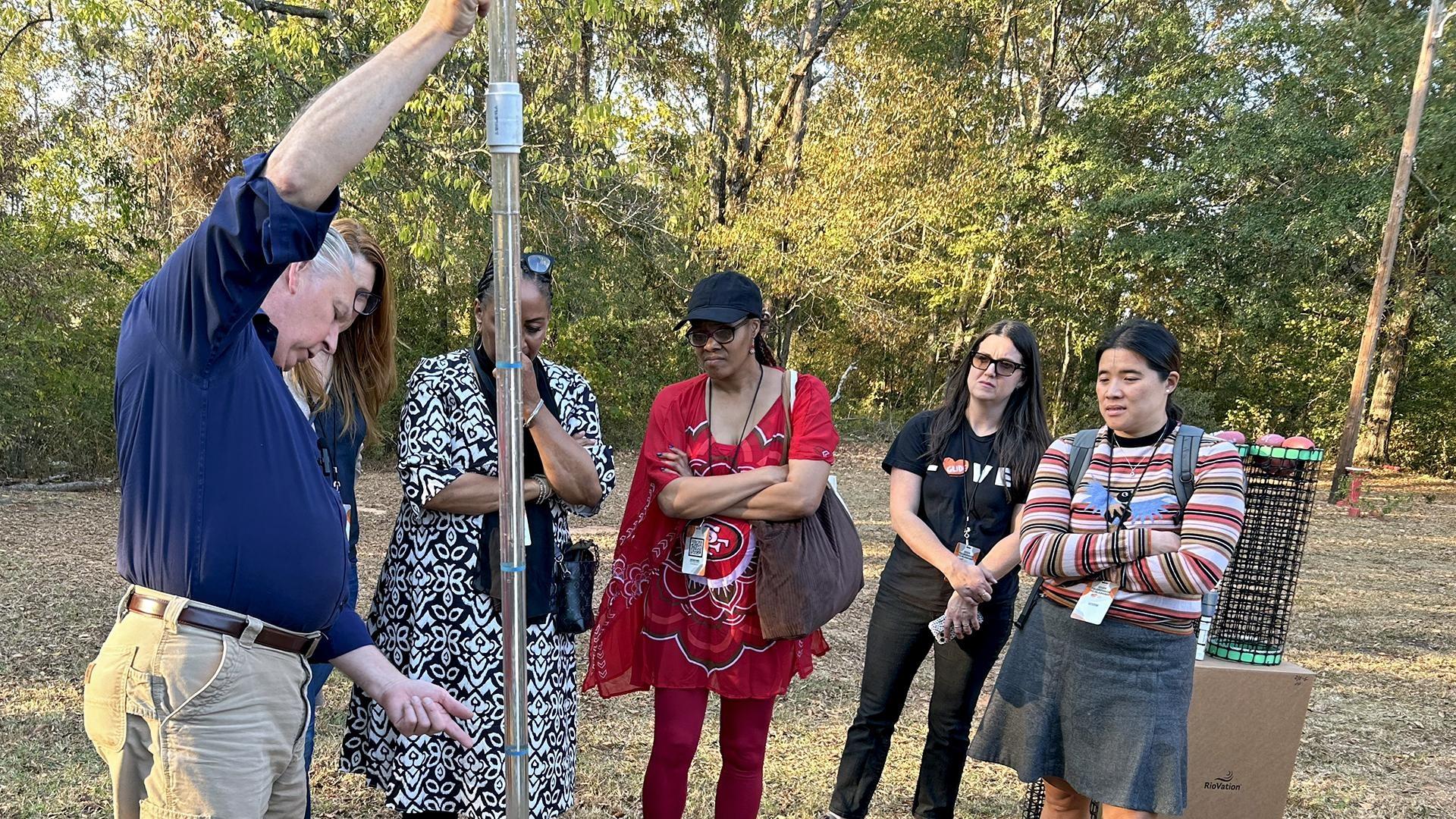Specialized septic systems that can work with the Black Belt’s soil can cost at least $28,000 — money many in this region don’t have.
Alabama’s previous criteria for funding water infrastructure, like only allowing public bodies like towns or county boards to apply for it, have made it difficult for residents to address sanitation issues themselves.
That’s where organizations like Bradley’s and Hardy’s come in. They’re part of a collection of people and groups working to come up with solutions to the sewage problems plaguing the region.
BBUWP applies for government funding that can afford septic systems for residents and then installs the septic systems for them. They also work with other organizations, like the Consortium for Alabama Water and Wastewater Treatment, to monitor and evaluate those systems.
“We’ve been blessed enough to get grant after grant after grant,” Bradley said.
That funding includes millions of dollars from the United States Department of Agriculture and the American Rescue Plan Act. Last year, the Environmental Protection Agency gave the group and its partners more than $14 million to help treat 350 homes in Hale, Lowndes and Wilcox Counties. BBUWP has helped over a hundred households, and Bradley is hopeful they’ll be able to help even more in the future.
Hardy grew up in Lowndes County, where according to census data, thousands face similar sanitation issues.
“I’m quite sure issues like this are all over the United States, but in the rural parts, you’ll find it more frequently than you would probably in other areas,” Hardy said.
To do this work, Hardy said that getting community buy-in has been key.
“Once you build trust, when you need something and you tell people change is about to happen, they receive it better because you’ve built that relationship,” Hardy said.
In the meantime, Hardy and Bradley are celebrating the little victories, like the now functioning system they installed for one older woman living in Lowndes County.
After driving for a while, the two women and the touring group arrive at a red-bricked house. They get out of the car and go behind it, where two men are waiting for everyone to arrive.
“What I want you to do is follow this gentleman and this gentleman, and they’re going to show you the results of that RioVation system on top of the septic tank system,” Bradley says to the group.
One of those men is Stephen Moeller, who works with RioVation, a company partnering with Bradley and Hardy to come up with sewage solutions for at-home wastewater treatment challenges.
Moeller stands beside what looks like a small black box located above ground. Next to it are two covered holes. The black box, known as the RioVation BioMaze, is an air pump designed to create oxygen-rich conditions. The idea is to create an environment for microorganisms to grow that helps treat the water.






